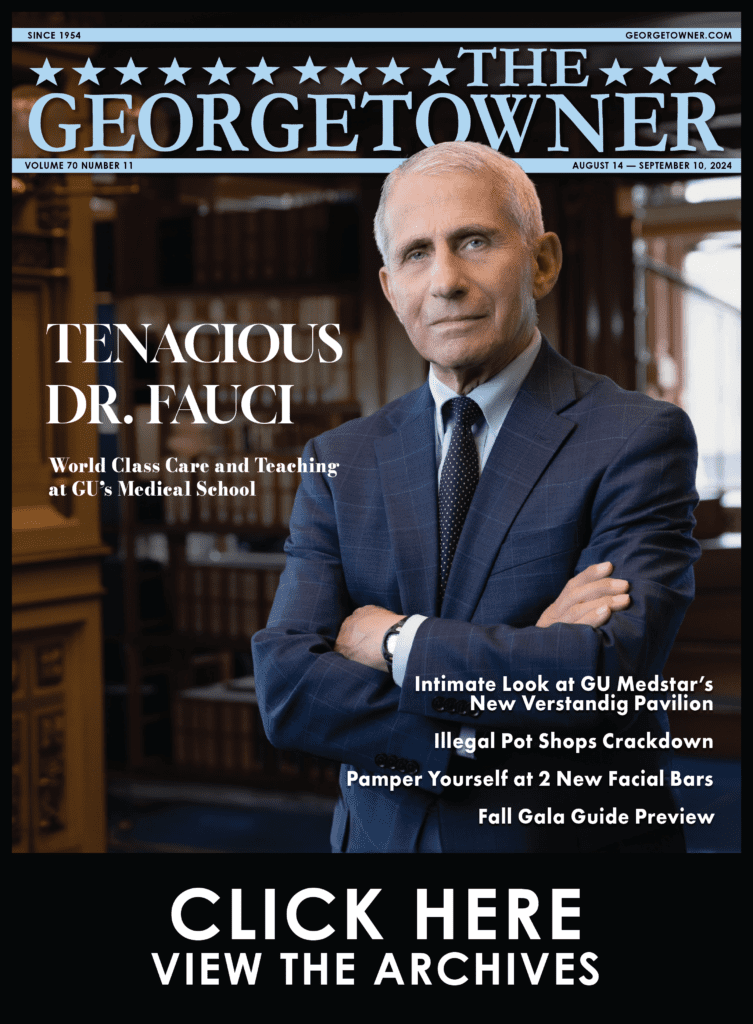Black History Month Celebrated, Explored in Holy Trinity, Citizens Association Event
By • February 7, 2024 0 897
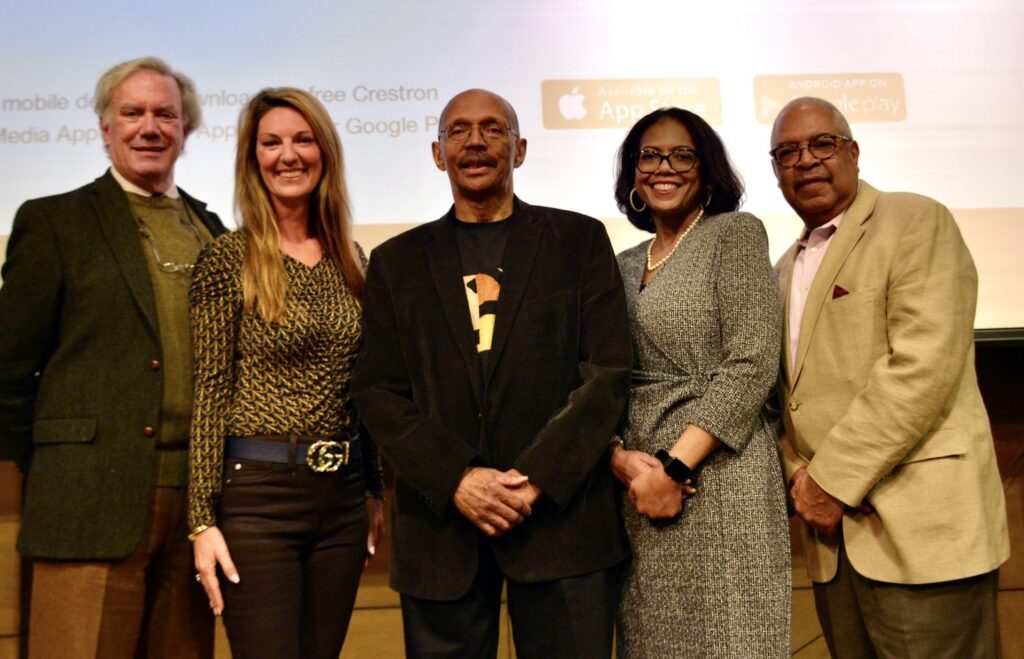
In honor of Black History Month, Holy Trinity Church at 3513 N St. NW and the Citizens Association of Georgetown presented “Black Georgetown: The Story of a Proud Community with Historian Carroll R. Gibbs and Musical Performances by Duke Ellington Performing Arts Students” to a packed auditorium in Trinity Hall Feb. 7.
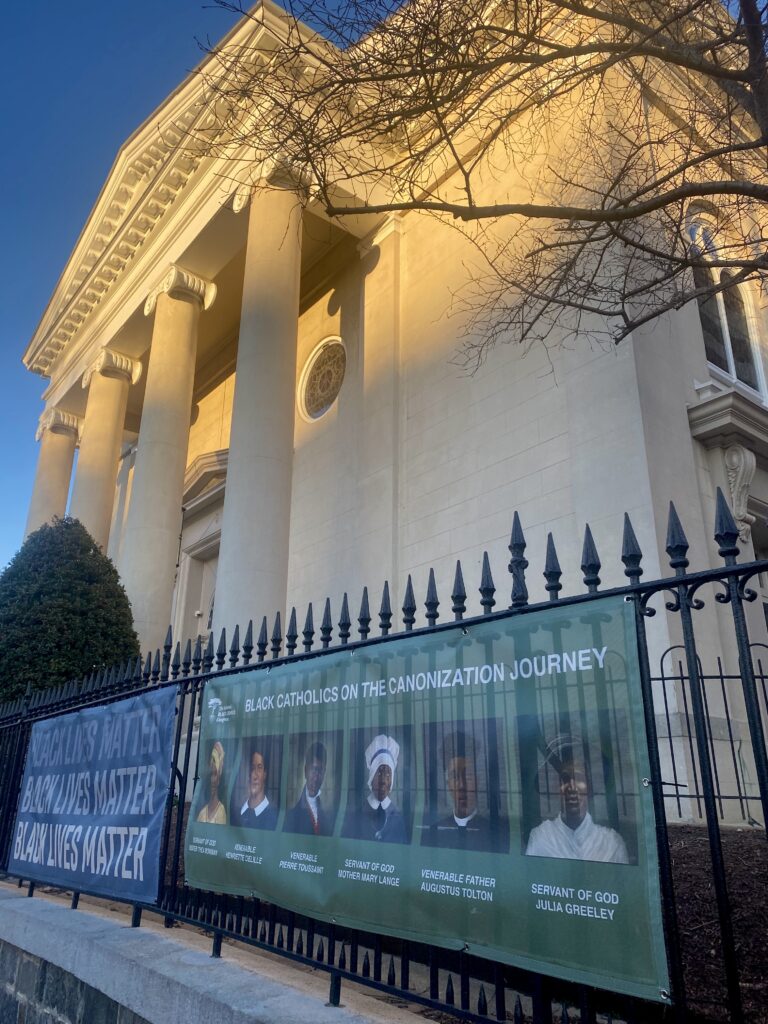
Holy Trinity Church. Photo by Chris Jones.
Featured lecturer Carroll Gibbs – popularly known as C.R. Gibbs – a specialist in the Black history of Georgetown, co-authored the 1991 book, “Black Georgetown Remembered,” that “chronicles and celebrates the rich but little-known history of the Georgetown Black community from the colonial period to the present.” Gibbs “wrote, researched and narrated “Sketches in Color,” a 13-part companion series to PBS’s acclaimed series, “The Civil War” and has received numerous awards and recognitions for his contributions to public education.

Featured speaker C.R. Gibbs. Photo by Bill Starrels.
After attendees mingled, sampling from a spread of hors d’oeuvres provided by CAG, the evening’s formal program was launched by former ANC 2E Commissioner, Dr. Monica Roaché. A 5th-generation African American Georgetowner, Roaché did not hesitate to examine Holy Trinity’s segregated past and testify about her family’s proud story of religious rebellion during the Jim Crow era. “Catholic African Americans attended Trinity for over a hundred years, starting as far back as 1790, and extending to the 1920s,” she said. “However, they were often mistreated, not included, and forced to sit in the back, or in the balconies.” So, they said, “You know, we’ve had enough!”’ and “decided in 1923 to start their own church, Epiphany Catholic Church…” Roaché’s great-great grandfather helped launch the new African American church at 2712 Dumbarton St NW, she said with pride.

Before the main event, attendees enjoyed a full spread from CAG. Photo by Chris Jones.
Acknowledging Holy Trinity’s and CAG’s efforts to bring Black History to light, however, Roaché thanked the church for “examining all aspects of their history and joining with us in wonderful programs like this where we celebrate the rich history of the African American community in Georgetown.” She also thanked CAG for “all the various activities they do like this in our community.”
Neville Waters, president of the Mount Zion Female Union Band Historic Park, Inc. then praised Holy Trinity’s efforts now to confront its racist past, by “reflecting, recalling, and rejoicing in their history – both the good and the bad.” Waters credited his African American grandmother, Gertrude Turner Waters, for having written about the breakaway of Black parishioners in 1923 for Holy Trinity’s website. “It’s wonderful, touching, and sensitive,” he said, quipping about how proud she would be to see him “on stage this evening.”
Paul Maco, coordinator of Holy Trinity’s History Committee then described the church’s “restorative justice ministry” launched four years ago, designed to “confront the harm of racism” by means of “racial healing circles” that have proven to be highly effective in helping individual parishioners from Holy Trinity, St. Augustine’s and John Wesley AME Zion Church to air and discuss their personal accounts of racism and its effects, historically and today. “Many members of these circles are here tonight. And those circles have proven to be powerful, personal, intense experiences for each of us, expanding our lives, our community and our friends.”
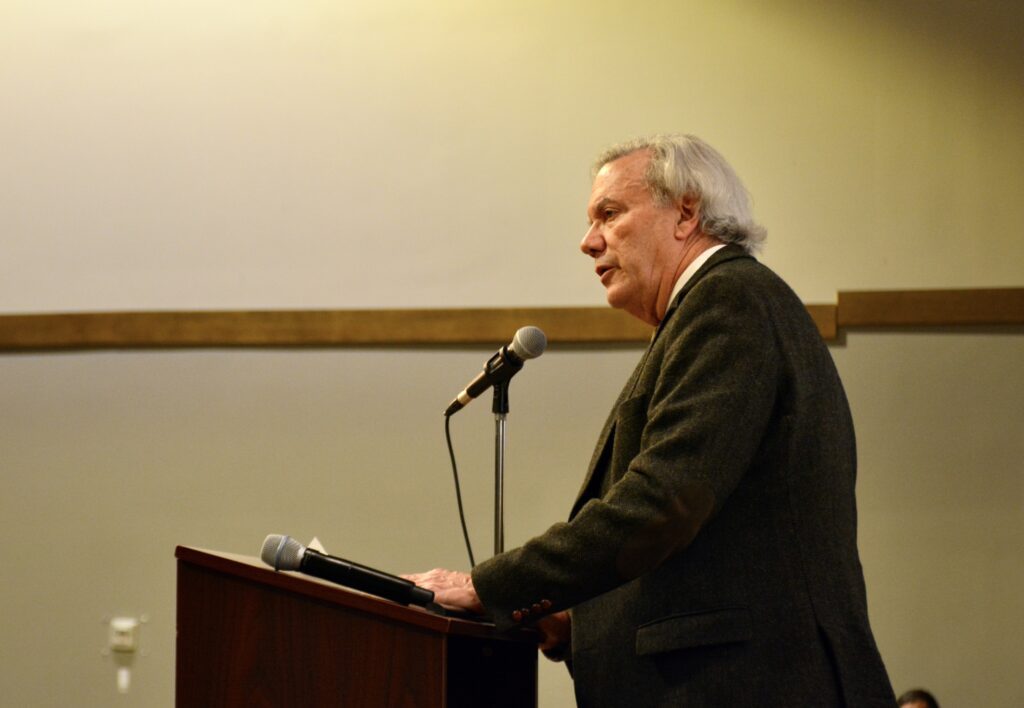
Before introducing the evening’s speaker, Paul Maco, coordinator of Holy Trinity’s History Committee described the success of Holy Trinity’s restorative justice strategies and “racial healing circles.”
After an inspiring performance of “Lift Every Voice and Sing” from vocal arts student Cynaa-Nicole Moorman, at Duke Ellington School of the Arts, the enthusiastic crowd was ready to hear from the evening’s main attraction, C.R. Gibbs.
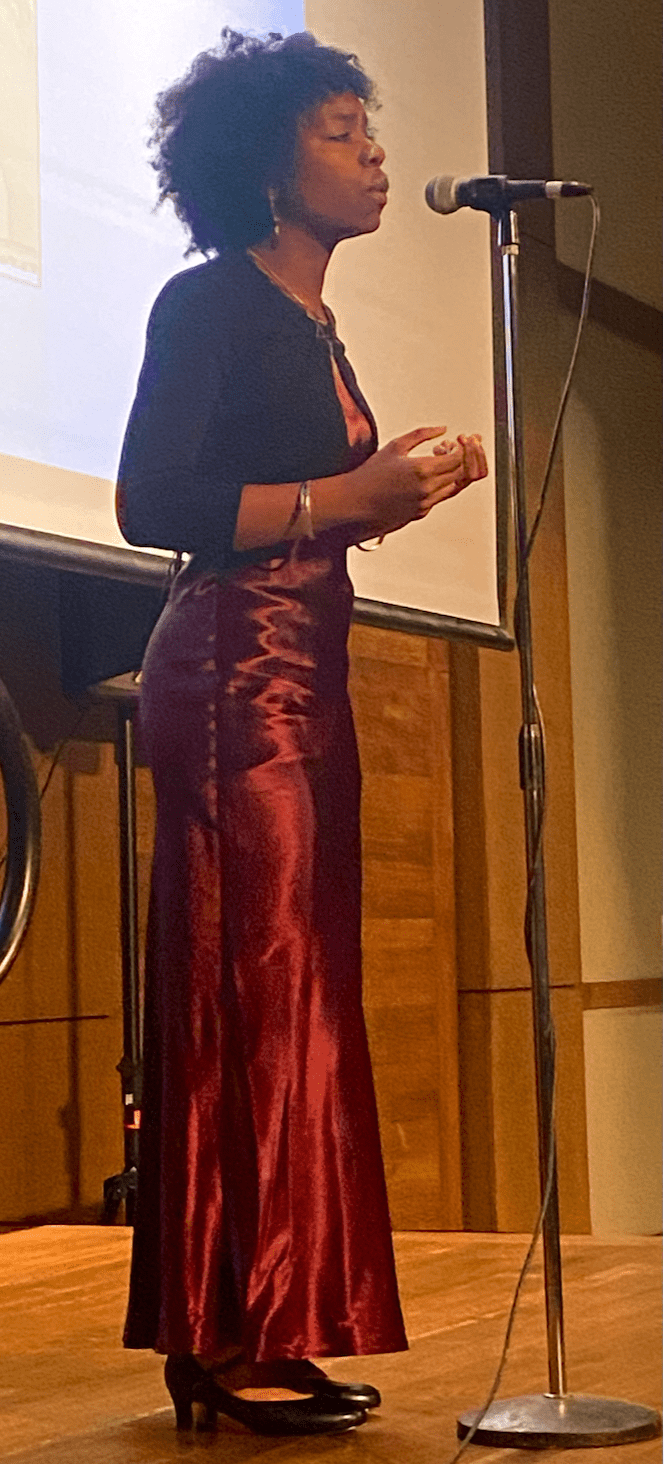
Cynaa-Nicole Moorman, a student from Duke Ellington School of Performing Arts sings the Black National Anthem, “Lift Every Voice and Sing.” Photo by Chris Jones.
In a stirring Powerpoint lecture, Gibbs surveyed the history of Black Georgetown from pre-Revolutionary times to the post-Second World War era of racial gentrification and displacement. Addressing skeptics who “don’t believe Georgetown should have a monument to the enslaved,” Gibbs provided over an hour’s worth of solid primary-source evidence not only of active slave-trading and abuse, but of Georgetown’s own Black Codes and Jim Crow Laws, and the insidious roles of the White business owners, churches and universities in propping up the abusive racial structures of the time.
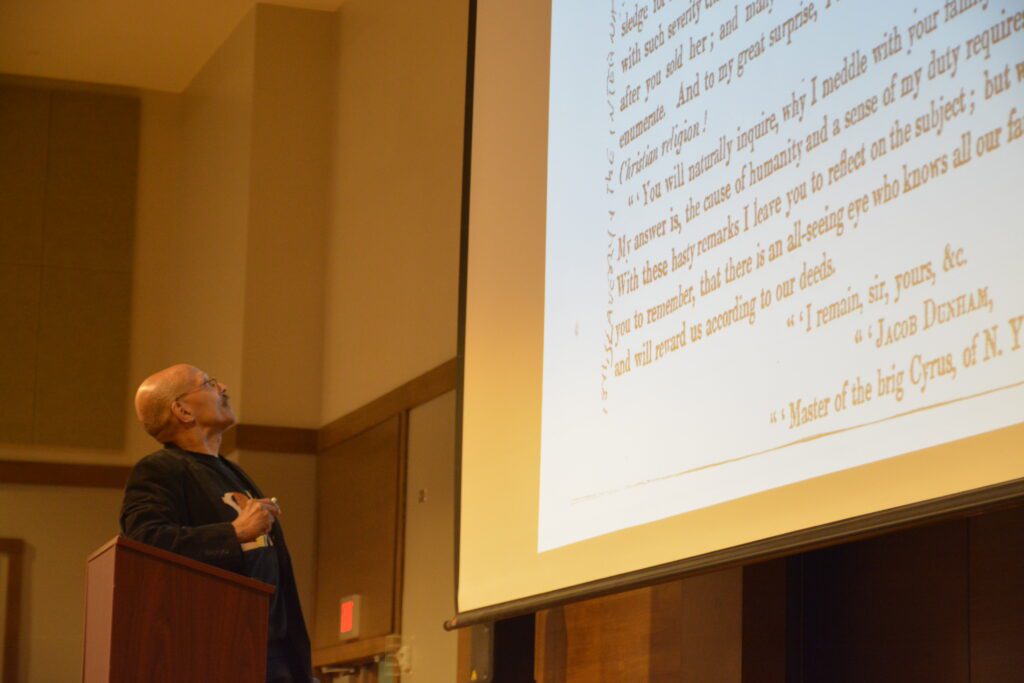
C.R. Gibbs’s highlighted convincing evidence of the historical atrocities of slavery in Georgetown. Photo by Bill Starrels.
Gibbs also focused on the heroic efforts of the enslaved to rise up, to escape, to resist, to found their own institutions and to forge the civil rights guarantees enjoyed by all today. He praised the “generational fortitude” of those who engaged in these struggles and remarked repeatedly about the “love of liberty and willingness to risk everything for that one moment of freedom” that many resistors embodied.

